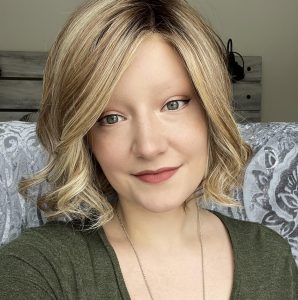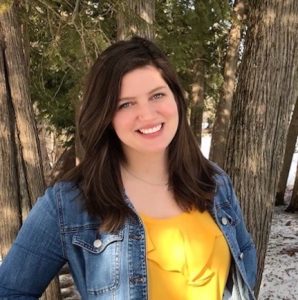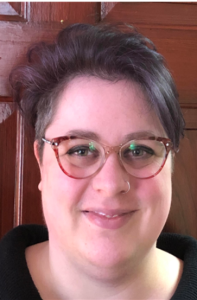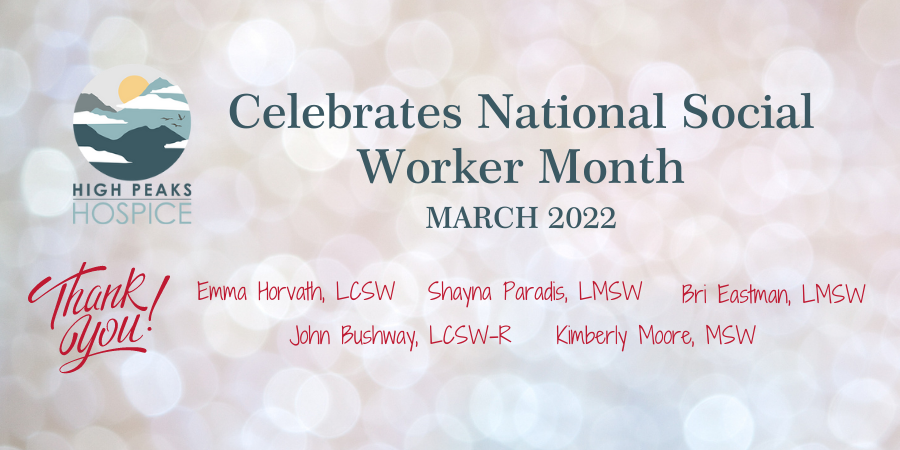
What is your favorite metaphor related to hospice work?


How do you describe the role of social work to our patients and families?
This quote speaks to me as to what we do as Hospice Social Workers and in hospice work in general. There are so many times in life that we get bogged down by day to day living and forget to live each moment. We forget to take in a fresh breath and look at life for what it truly is, a celebration. We are here for such a short time and it is important to be surrounded by those that we love and do what we enjoy. For my son, this is having a dance party in his room and listening to the Mickey Mouse Club song on repeat. We forget about the “simple pleasures” in life and are so quick to focus on what we think we “should” be accomplishing.
We need to not only celebrate life while we are living, but also as our lives or our loved ones’ lives are coming to a close. As a society we often view the dying process as such a taboo subject and scarcely discuss it. At hospice we try to be open about end of life with our patients and their families. Hospice is involved to make sure one dies with peace, dignity and comfort. That is our goal. We want to learn about our patients’ lives and what they did. We want to hear the amazing stories or adventures that their loved ones remember most about them. To remind ourselves that they lived, they loved and they celebrated. Yes, this does not ease the pain of the loss, but to know how our loved ones’ lived, helps remind us how we should remember them.
 Emma Maher Horvath, LCSW
Emma Maher Horvath, LCSW
Hospice Social Worker and Circle of Care Supervisor
What is something you learned in grad school that was most impactful in your work?

If you weren’t working in hospice, what population would you want to serve?

